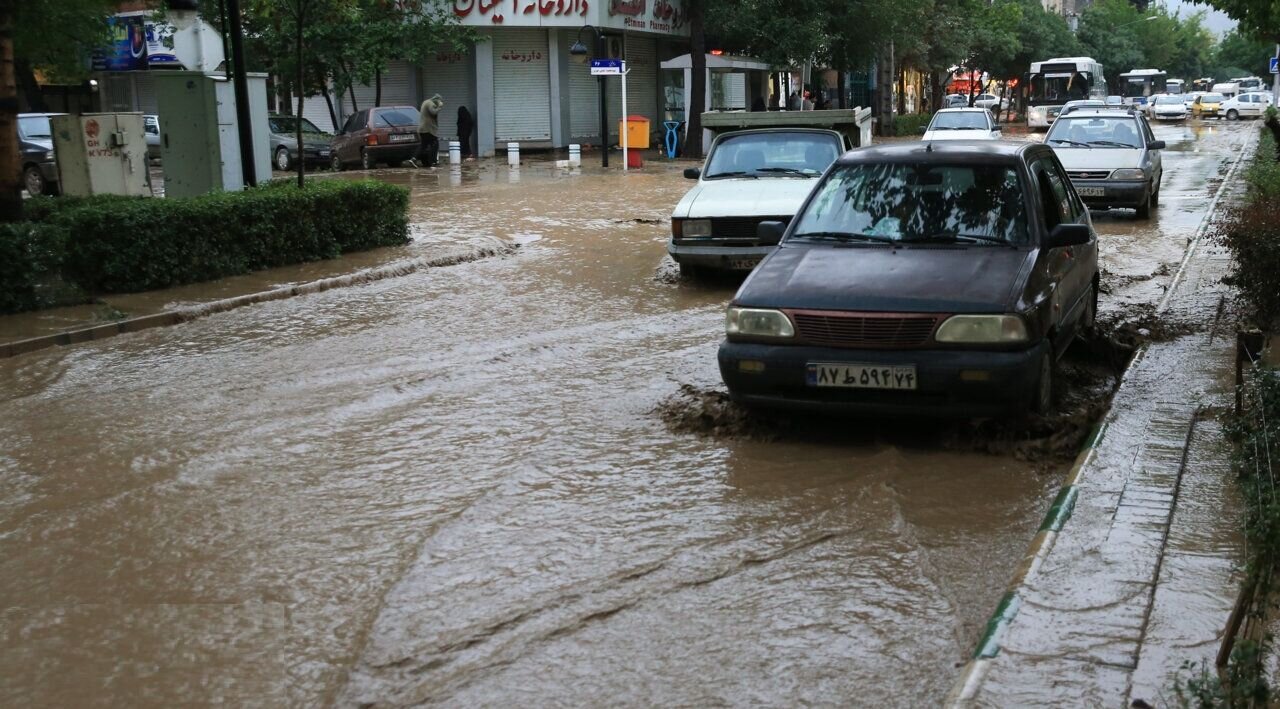Rainfall increases by 21% compared to previous water year

TEHRAN –Since the beginning of the current water year (September 23, 2023), till May 18, precipitations have increased by 21 percent compared to the same period last year, according to Metrological Organization.
The volume of precipitations has improved in the second Iranian month, from April 20 to May 20, IRNA reported.
The total amount of rainfall since the beginning of the current water year has been equal to 234 mm, while in the previous water year (September 23, 2022) it was 193 mm.
It also shows a two-percent increase compared to 228.4 mm of rain recorded in a 54-longterm period.
Kohgiluyeh-Boyerahmad and Gilan provinces with 728 mm and 714.8 mm of rain have received the most amount of rainfall, respectively.
Sistan-Baluchestan has also recorded more rainfall (148.1 mm) in comparison to the same period last year, 67.9 mm, indicating a 118 increase in precipitations.
Also, Razavi province with 156.4 mm of rain has experienced a 61 increase in precipitations.
The long-term average recorded last year was equal to 141 mm, Ahad Vazifeh, head of the national center for drought and crisis management, said on March 11.
Fars, Hormozgan, Kerman, Semnan, Khorasan Razavi, Qazvin, Alborz, Tehran, Lorestan, and Kohgiluyeh–Boyerahmad provinces have had low rainfall.
Kerman, Qazvin, Tehran, and Alborz provinces have received 50, 39, 33, and 34 percent less rainfall than the long-term average.
Vazifeh went on to say that the average temperature of the country has been 13.3 °C since the beginning of fall, September 23, which compared to the three-year period figure,11.3 °C, shows the temperature has increased by 2 °C over time.
Since the beginning of winter, the temperature has been 9.1 degrees, while it had been 7.1 degrees in long-term average. The last two months of the fall this year were the hottest months on record in the past 50 years, Vazifeh added.
WMO reports on Iran
On April 23, the World Meteorological Organization (WMO) released a report on extreme events such as floods, drought, dust storms, and strong winds that affected the country, ISNA reported.
According to the report, below-normal rainfall in most regions of Iran for the third consecutive year in 2023 has led to widespread drought in the country.
The eastern half experienced severe rainfall shortage within the year. Decreased rain and severe drought in the region along with above-normal temperatures have resulted in the drying up of the main inland lakebed, the Hamoun Lake.
In Iran, autumn 2023 was much warmer than normal with severe shortages of rainfall throughout the country, the report added.
Severe dust storms hit most parts of Asia. In mid-September, a dust storm affected Iran, Afghanistan, and Pakistan causing serious health problems.
High winds in the southeast of the country from September 18 to 25, caused severe dust storms resulting in severe injuries and hospitalization.
Levar wind along with the dust from dried Hamoun wetland affected the region, causing adverse health effects, closure of schools, transportation hazards, and damage to crops.
According to the report, the flood that struck Astara city from September 17 to 19 significantly affected 300 households. The flood resulted from intense and prolonged rainfall in Astara on September 18. Within a span of 12 hours, 220 mm of rain was recorded causing profound damage.
MT/MG
Leave a Comment